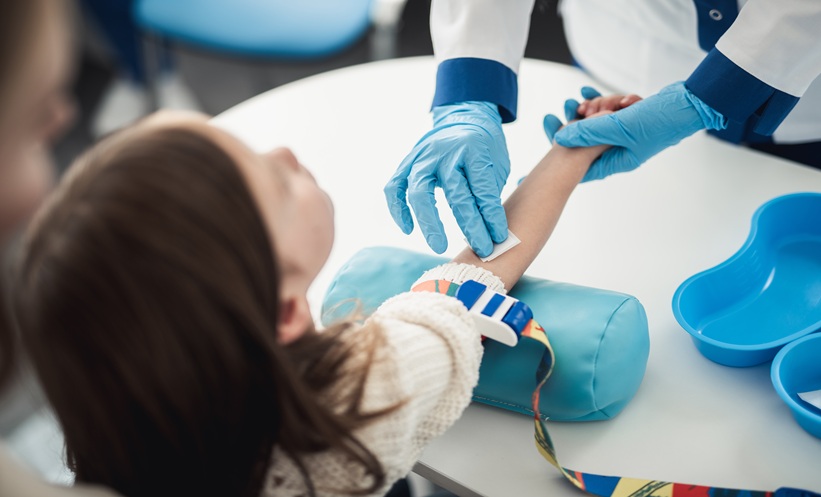ACCURATE determination for the risk of and predictors for overt hepatic encephalopathy in patients with cirrhosis was measured using factors such as activity, quality of life, and physical function. Results from this study were released in December 2020.
A cohort of 294 patients with Child A-B (70% Child A) cirrhosis and portal hypertension, without prior hepatic encephalopathy, were prospectively enrolled into a study by researchers from the University of Michigan, Ann Arbor, Michigan, USA. The team defined the incidence of hepatic encephalopathy in these patients and developed a novel model to predict their risk for overt hepatic encephalopathy to increase the number of accurate risk classifications for this condition. The predictive power of the model for end-stage liver disease sodium (MELD-Na) score, inhibitory control tests, the sickness impact profile score, and the bilirubin–albumin–β-blocker–statin score were assessed. The newly developed predictive model had a measure for MELD-Na score, daily effects of cirrhosis on activities (Likert 1-9), frailty (chair stands per 30 seconds), and quality of life (Short-Form 8, 0–100). Development of hepatic encephalopathy (Grade >2) was the primary outcome.
Of the patients enrolled in the study, the median age was 60 years, 56% were males, and median MELD-Na score was 9. During follow-up at 548 days, the team reported that 62 patients experienced incident overt hepatic encephalopathy probability of 14%±2%, 10%±2%, and 25%±5% for Child A and B. The model, MELDNa-Actvity-Chairstands-Quality of Life Hepatic Encephalopathy Score, gave an area under the receiver operating curve at 12 months of 0.82 compared with 0.55, 0.61, 0.70, and 0.72 for the inhibitory control test, sickness impact profile, bilirubin–albumin–β-blocker–statin, and MELD-Na, respectively. Monitoring bedside measures such as quality of life, physical activity, and physical function accurately stratified the patient’s risk for overt hepatic encephalopathy.








